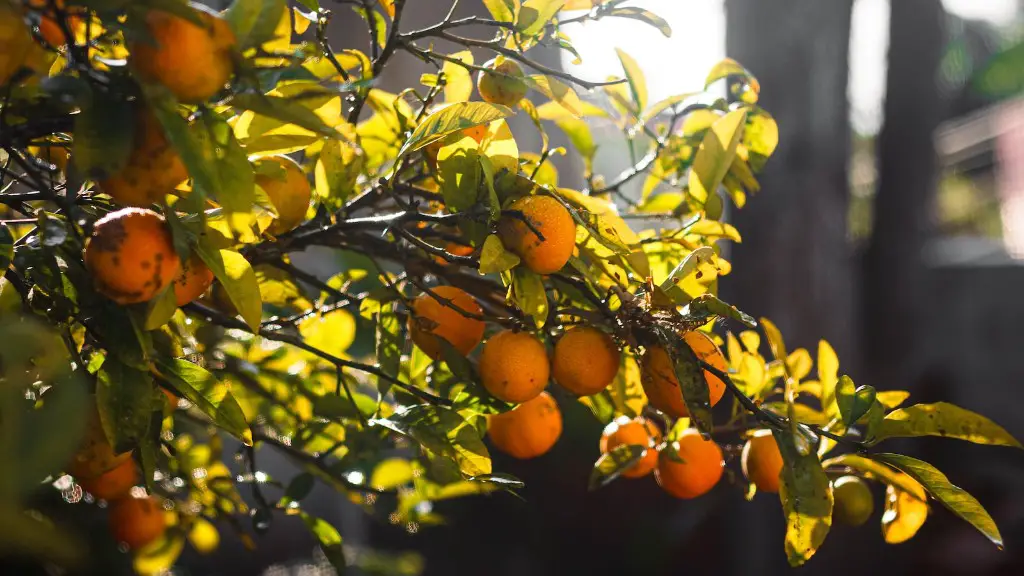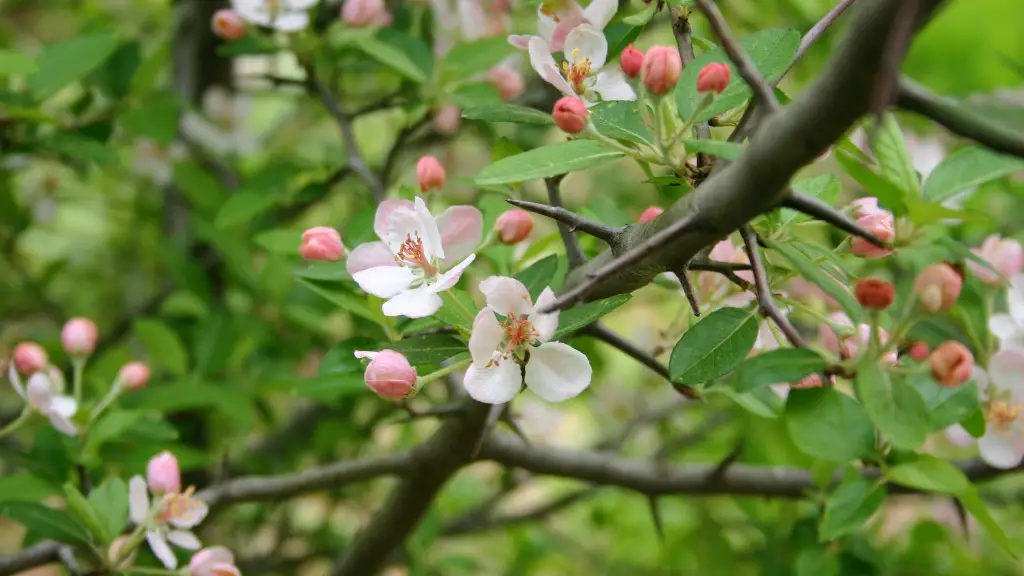Growing a dwarf lemon tree is a rewarding experience that can be done within the home. Dwarf lemon trees grow smaller in size compared to other citrus trees, making them suitable for those with limited space. To begin potting a dwarf lemon tree, there are several steps that should be taken. Firstly, you should appropriate pot suitable for citrus trees and fill it with loamy soil containing slow-release fertilizer. Secondly, you should plant the tree in the center of the pot and cover its roots with the soil. Thirdly, it is important to prune the roots of the tree to help it settle in its new environment. Fourthly, it is important to water the tree deeply, allowing the water to drain out of the bottom of the pot. Fifthly, the tree should be placed in a sunny location, ideally in direct light for five to six hours. Last but not least, the dwarf lemon tree should be fertilized two to three times per year using a specific fertilizer for citrus trees.
Making Sure Dwarf Lemon Trees Get Even Sunlight Exposure
Dwarf lemon trees prefer even sunlight exposure, and the amount of sunlight they are exposed to determines the size of the fruits. To ensure that the tree is exposed to direct light for at least five to six hours a day, you should rotate the pot every two to three weeks, facing the tree in different directions. Additionally, if the tree is sheltered in a window, use a sheer curtain to allow the sunlight to get through.
How to Water Dwarf Lemon Trees
Dwarf lemon trees prefer moist soil, but they should not be over-watered as they may become waterlogged. A good way of checking if the soil is adequately moist is to draw your finger across the soil to a depth of two inches; if the soil feels dry, water the tree with distilled or rainwater, allowing the water to drain out of the bottom of the pot. During the summer months, the tree may need watering up to three times a week, but this may vary based on your local climate.
Pruning Dwarf Lemon Trees
Dwarf lemon trees should be pruned twice a year to maintain their size and shape. Young trees should have their new shoots pruned as they appear, while established trees should have their branches thinned, removing any dead or diseased wood. Additionally, pruning the tips of some of the more vigorous branches may also help to increase fruit production. Pruning should always be carried out with sharp secateurs or shears and performed in the early spring.
Treating Pests and Diseases on Dwarf Lemon Trees
Unfortunately, dwarf lemon trees are prone to disease and pests, and so it is important to monitor the tree for symptoms of any pest or disease. Common pests include aphids, whiteflies, and scale insects, which can be treated with an appropriate insecticide. Additionally, dwarf lemon trees may suffer from fungal diseases such as blight or mildew, which can be treated using a fungicide. If left untreated, pests and diseases can severely damage the tree and reduce fruit production.
Fertilizing Dwarf Lemon Trees
Fertilizing your dwarf lemon tree is essential for optimum growth and fruit production. Citrus trees require specific fertilizers designed to provide a balance of nutrients. Additionally, applying iron-based fertilizers may help prevent deficiencies that lead to yellowing leaves. Fertilizer should be applied twice per year—once in the early spring and once in the early summer—as dwarf lemon trees benefit from a regular supply of fertilizer.
Protecting Dwarf Lemon Trees from Frost
Frost can be particularly damaging to dwarf lemon trees and can cause irreparable damage. During the late autumn, a frost blanket should be used to protect the tree from the cold weather. Additionally, the pot should always be placed in a sheltered environment and should not be left out in the open in the winter. During cold periods, dwarf lemon trees should also not receive any water, as this may promote fungal growth on the bark.
Dealing With Unfavorable Environmental Conditions
Citrus trees, including dwarf lemon trees, do not tolerate unfavorable environmental conditions such as too much sunshine, too much rain, or temperatures that are too high or too low. In these situations, it is best to move the tree to a more suitable environment, ensuring that the soil around the roots is kept moist. Additionally, the tree should be inspected for signs of pests or diseases, which may be exacerbated in wet or humid conditions.


